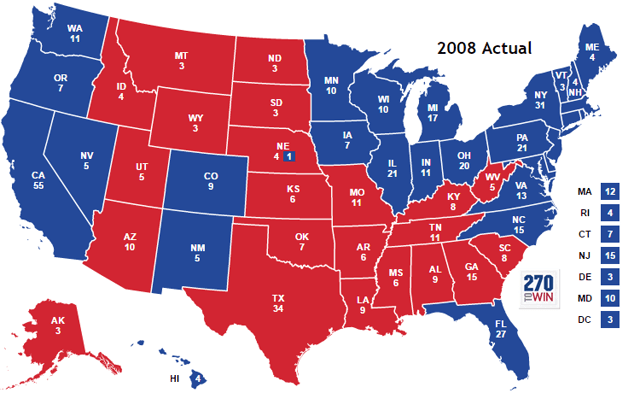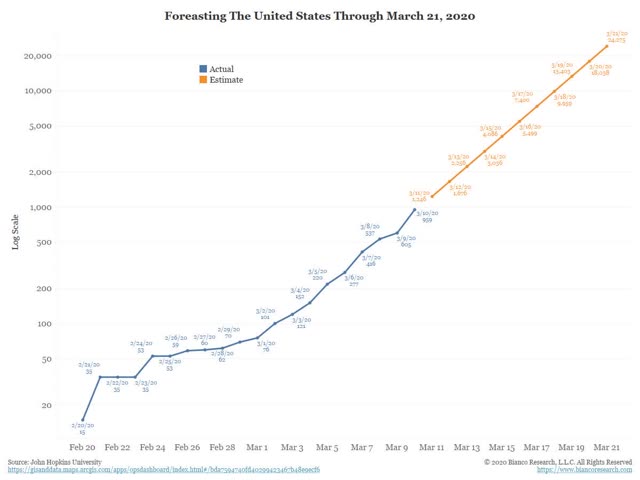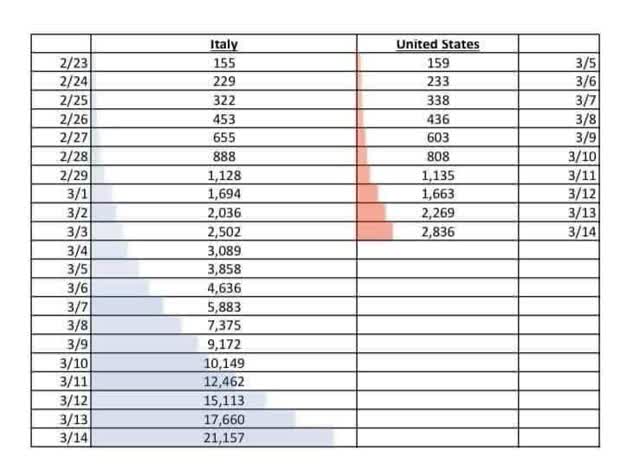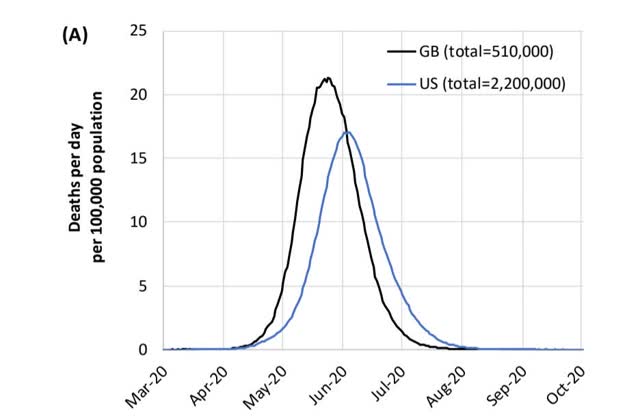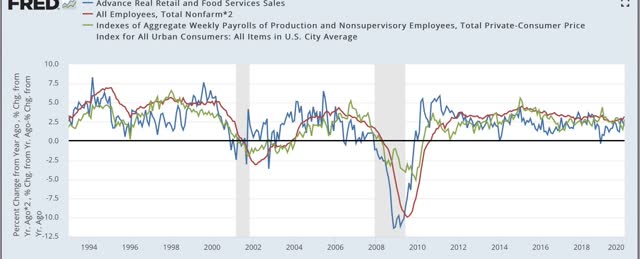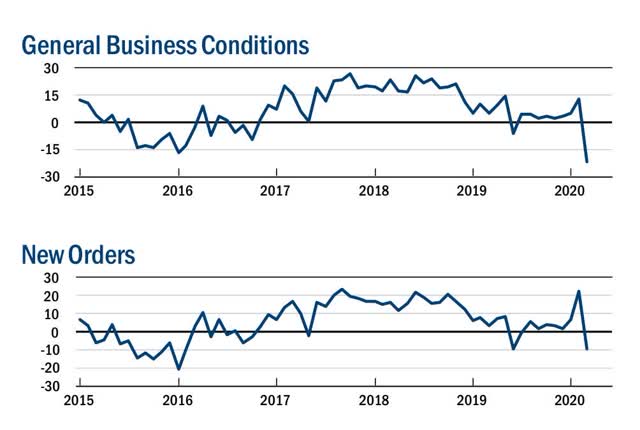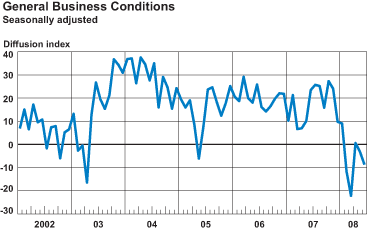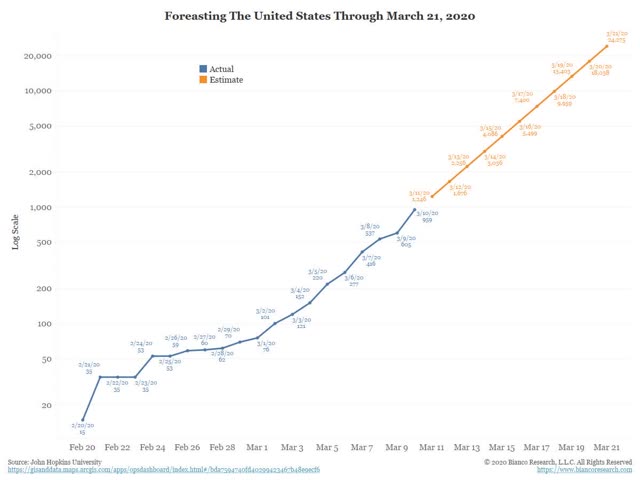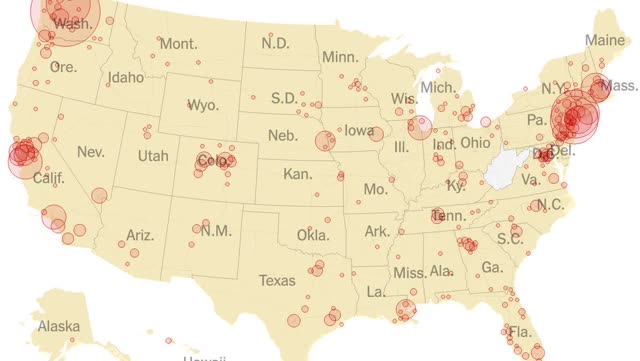- by New Deal democrat
This is a new daily or nearly daily update I hope to post, including the most important metrics to show how controlled - or out of control - the cononavirus pandemic is. Hopefully the numbers will move ever closer to the tipping point where the epidemic is under control.
In order to bring this pandemic under control, and prevent both health and economic catastrophes, in my opinion the US needs 2 weeks of China (total lockdown, preventing community spread) followed by 1 month of South Korea (extremely aggressive testing). The metric to be watched for testing is a ratio of 15 tests administered for every infection found (the ratio at which South Korea turned the corner).
Here is the update through yesterday (March 21)
Number and rate of increase of Reported Infections (from Johns Hopkins via arcgis.com)
- Number: up +5,374 to 19,624
- Rate of increase: day/day: 38% (vs. 34.6% baseline exponential average per Jim Bianco) (and vs. 51% on March 20)
Jim Bianco’s excellent exponential projection from March 10, of a daily 34.5% growth in reported infections for the next 10 days has been almost exactly correct. I am using this as a baseline against which we can tell how well “social distancing” strategies are working as well as State-mandated partial and total lockdowns.
In the last few days, the rate of exponential growth has actually risen from about 28% to 40% and even 50%, probably due to increased testing being able to uncover more infections.
Number and rate of increase of testing (from COVID Tracking Project)
- Number: 34,654, up +7,282 day/day
- Rate: increase of 27% vs. number of tests previous day
Comparison of rates of increase in documented infections vs. testing
- Infections +38% vs. Tests +27% day/day
Result: Infections continue to increase a faster rate than tests: i.e., we are falling further behind in testing.
Ratio of tests to positives for infection (from COVID Tracking Project)
- Number: 34,654 new tests vs. 5315 new infections
- Ratio: 6.5:1
In South Korea, where aggressive testing has led to a near-total disappearance of new cases, the inflection point where the number of new daily cases plateaued was reached when the ratio of tests to new cases found reached 15:1. Any ratio less than that suggests that not enough testing is being done. Yesterday’s ratio of 6.5:1 is poor. We are way behind in the number of tests we are administering.
Number of States (+DC and Puerto Rico) in total lockdown, business lockdown, and partial restrictions
- Total lockdown (personal + business): 5 (CA, CT, IL, NY, PR)
- Business lockdown: 2 (NV, PA)
- Partial restrictions on business: 21
- School closure only: 11
- No mandatory restrictions:13 (AL, AK, AZ, FL, HA, ID, MI, MS, NE, ND, OK, TX, WY)
Almost all of the States with no restrictions or only school closures are “red” States, and mainly rural with the notable exceptions of Texas, Florida, and Tennessee. These States will learn the hard way about the meaning of “exponential growth.” Five of the 7 jurisdictions with total or nearly total lockdowns are heavily populated “blue” States plus Puerto Rico.
Number and percent of US population in total lockdown, business lockdown, and partial restrictions
- Total lockdown: 78.5 million, 23.7%
- Business lockdown: 15.9 million, 4.8%
- Partial restrictions on business: to be updated
- School closure only: to be updated
- No mandatory restrictions: 25.0%
As the above totals show, most States are still taking half-measures. Less than 1/4 of the country is on total lockdown, and even in those States I am not sure how inbound travel by air, ship, train, or vehicle is being controlled. I think we need at least half of the total US population under almost total lockdown to have a chance of following China’s successful strategy for beating back the pandemic.
Bottom line: as of March 21, the pandemic is nowhere near being brought under control.
